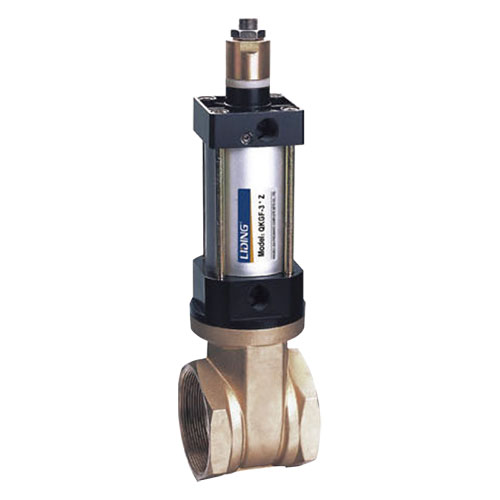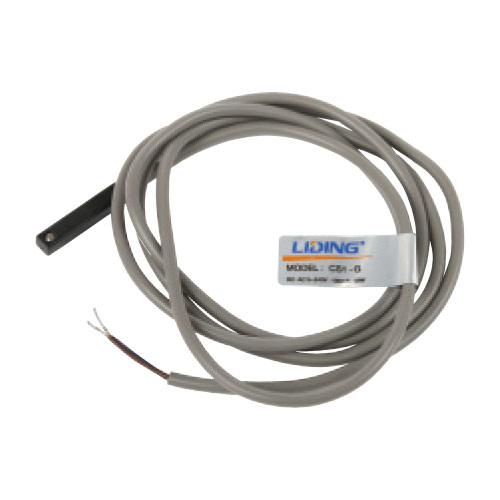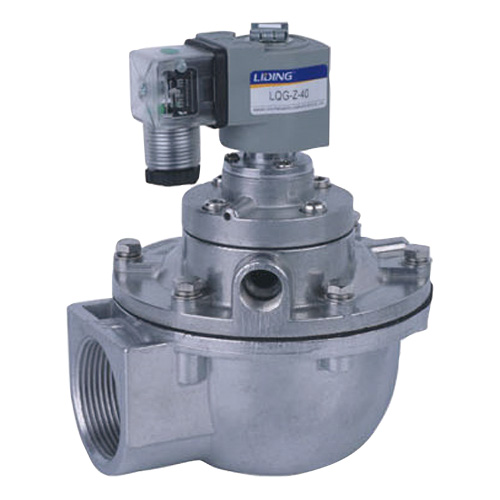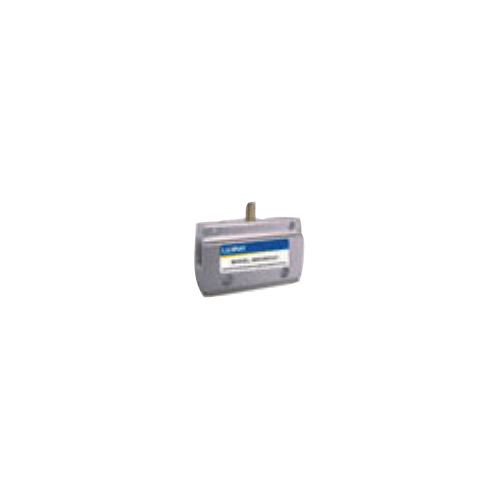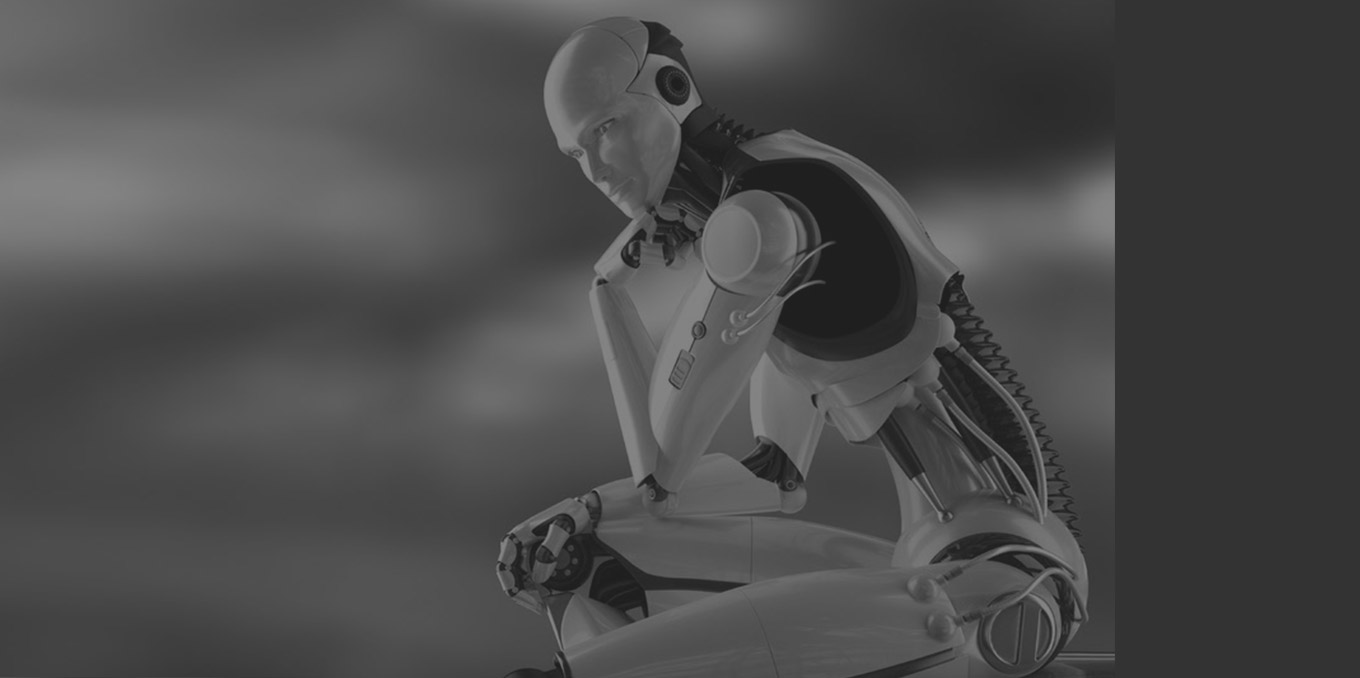What are the common failures and causes of cylinders
The cylinder is made of casting. After the cylinder lea […]
The cylinder is made of casting. After the cylinder leaves the factory, it must undergo aging treatment to completely eliminate the internal stress generated by the cylinder during the casting process. If the aging time is short, the processed cylinder will deform in future operations.
The force of the cylinder during operation is very complicated. In addition to the static load such as the pressure difference between the inside and outside of the cylinder and the weight of the parts installed in the cylinder, it also bears the reaction force of the static part when the steam flows out of the stator, and various This kind of connecting pipe exerts the force on the cylinder under the cold and hot state. Under the interaction of these forces, the cylinder is prone to plastic deformation and cause leakage.
The load of the cylinder increases or decreases too fast, especially when the temperature changes rapidly when starting, stopping and working conditions are changing, the method of heating the cylinder is not correct, the insulation layer is opened too early during the shutdown and maintenance, etc., which cause a lot of problems in the cylinder and flange. Large thermal stress and thermal deformation.
The cylinder produced stress during the machining process or after repair welding, but the cylinder was not tempered to eliminate it, resulting in a large residual stress in the cylinder and permanent deformation during operation.
In the process of installation or maintenance, due to the maintenance process and maintenance technology, the expansion gap of the inner cylinder, cylinder diaphragm, diaphragm sleeve and steam envelope sleeve is inappropriate, or the expansion gap of the lug pressure plate is inappropriate, after operation Generate huge expansion force to deform the cylinder.
The cylinder sealant used is of poor quality, excessive impurities or the wrong model; if there are hard particles of impurities in the cylinder sealant, it will be difficult for the sealing surface to be tightly combined.
The tightening force of the cylinder bolt is insufficient or the material of the bolt is not qualified. The tightness of the cylinder joint surface is mainly achieved by the tightening force of the bolts. The thermal stress and high temperature generated when the unit starts and stops or increases or decreases the load will cause the stress relaxation of the bolts. If the stress is insufficient, the pre-tightening force of the bolts will gradually decrease. If the cylinder bolt material is not good, the bolt will be stretched under the action of thermal stress and cylinder expansion force during long-term operation, and plastic deformation or fracture will occur, and the tightening force will be insufficient, causing the cylinder to leak.
The order of tightening cylinder bolts is incorrect. Generally, cylinder bolts are tightened from the middle to both sides at the same time when tightening, that is, tighten from the place where the vertical arc is the largest or the place where the force and deformation is the largest, so that the gap at the place where the deformation is the most deformed will be free to the front and back of the cylinder. End transfer, and finally the gap gradually disappears. If it is tight from both sides to the middle, the gap will be concentrated in the middle, and the cylinder joint surface will form a bow-shaped gap, causing steam leakage.
The internal and external leakage of the cylinder is generally caused by the eccentric installation of the piston rod, insufficient lubricating oil supply, wear or damage of the sealing ring and sealing ring, impurities in the cylinder and scars on the piston rod. Therefore, when the cylinder leaks internally or externally, the center of the piston rod should be readjusted to ensure the coaxiality between the piston rod and the cylinder barrel; the oil mister must be checked frequently to ensure that the actuator is well lubricated; When the ring and seal ring are worn or damaged, they must be replaced in time; if there are impurities in the cylinder, they should be removed in time; when there are scars on the piston rod, they should be replaced.
Insufficient output force and uneven movement of the cylinder are generally caused by the stuck piston or piston rod, poor lubrication, insufficient air supply, or condensation and impurities in the cylinder. For this, adjust the center of the piston rod; check whether the lubricator works reliably; whether the air supply pipeline is blocked. When there are condensed water and impurities in the cylinder, they should be removed in time.
The poor cushioning effect of the cylinder is generally caused by the wear of the cushion seal ring or the damage of the adjusting screw. At this time, the sealing ring and adjusting screw should be replaced.
The damage to the piston rod and cylinder head of the cylinder is generally caused by the eccentric installation of the piston rod or the ineffective buffer mechanism. In this regard, the center position of the piston rod should be adjusted; the buffer seal ring or the adjustment screw should be replaced.
If you want to know more about the cylinder, you can visit https://www.nblida.com/product/actuators/
